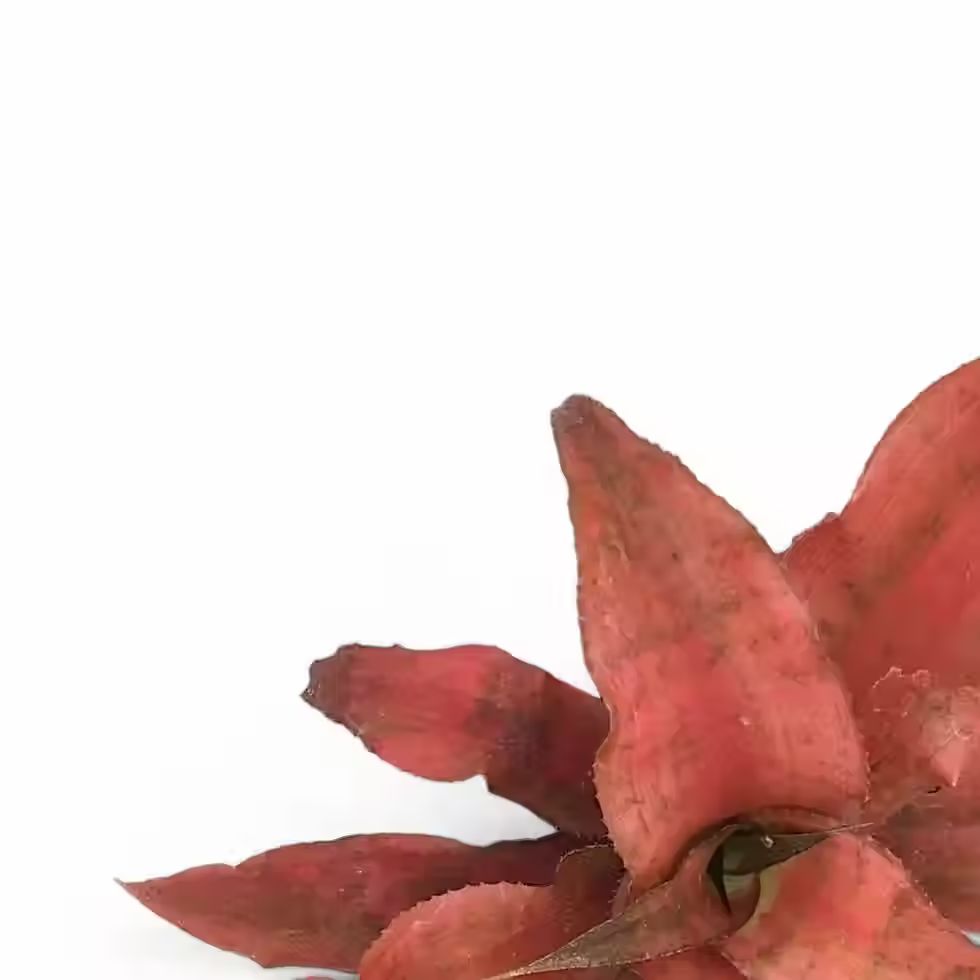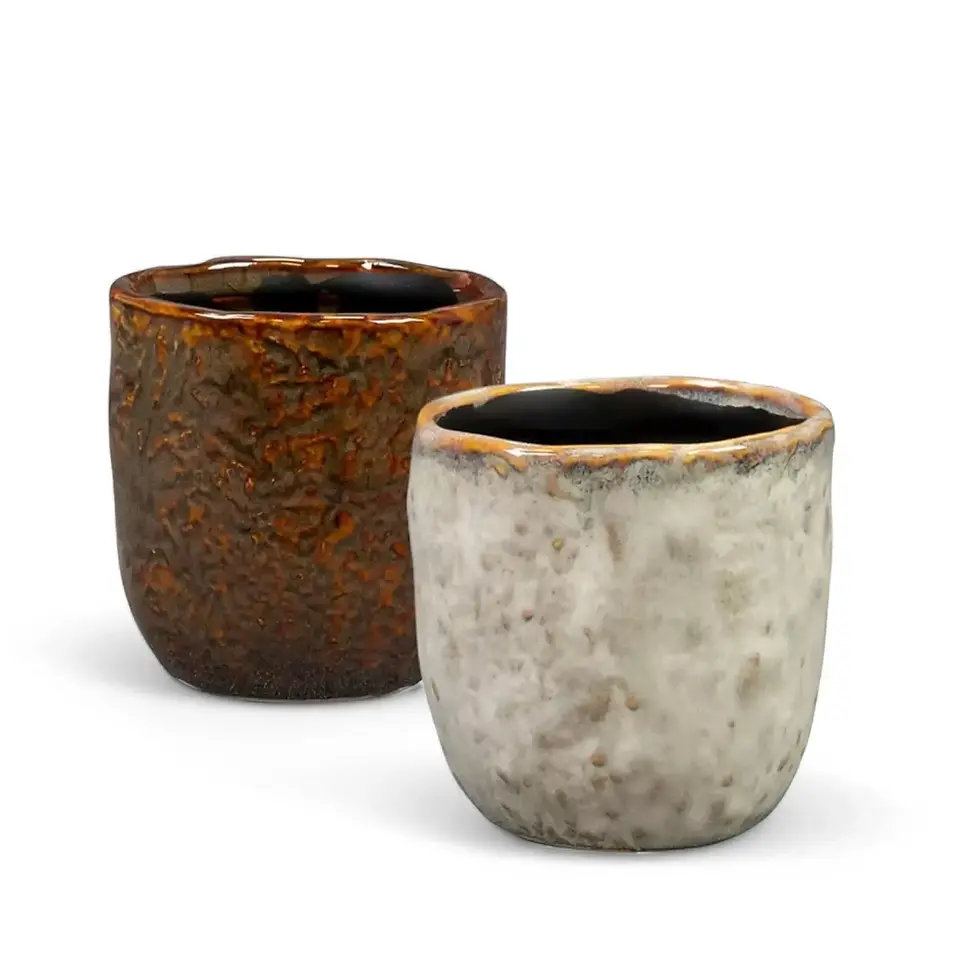Anthurium regale: A Velvety Masterpiece for Your Indoor Jungle
Anthurium regale is one of the most sought-after houseplants, admired for its velvety, heart-shaped leaves with dramatic contrasting veins. With deep green foliage and a luxurious texture, it’s the perfect statement plant for tropical plant enthusiasts.
Native to Peru’s Rio Huallaga valley, this rare aroid is part of the Cardiolonchium section, known for stunning velvety-leaf species. While it may take a bit of effort to grow, Anthurium regale rewards care with breathtaking foliage that can exceed 90 cm in length, making it a prized addition to any collection. Whether you're a seasoned collector or a new plant lover, Anthurium regale adds unmatched elegance to any indoor garden.
Anthurium regale: Origins and Unique Features
First described in 1888, Anthurium regale is native to central Peru, thriving in well-drained soils near Tingo María and San Martín. Often confused with Anthurium magnificum, this plant stands out for its intricate veining and velvety texture. Despite misconceptions, its origins are firmly rooted in Peru, not Ecuador. The plant’s majestic leaves and slow-growing nature make it a prized collector’s item. Specimens in the wild can reach up to 2 meters, making this a true tropical gem.
What’s in a Name? Etymology of Anthurium regale
The name Anthurium comes from the Greek words "anthos" (flower) and "oura" (tail), referencing its spadix that resembles a flowering tail. The epithet regale means "royal" in Latin, capturing the plant’s grandeur and elegant presence.
How to Care for Anthurium regale
- Placement: Choose a bright, humid spot away from direct heat or cold drafts. Its lush, velvety leaves thrive in conditions that mimic its natural rainforest environment.
- Light: Provide bright, indirect light for 10-12 hours daily. Keep it out of direct sunlight to avoid leaf scorch.
- Humidity: Aim for humidity levels of 80% or higher. Use a humidifier or a pebble tray to maintain moisture.
- Temperature: Keep the plant in a stable range of 18-26°C. Cooler temperatures promote healthier, larger leaves.
- Watering: Allow the top three-quarters of the soil to dry out between waterings. Anthurium regale requires consistent moisture but dislikes being waterlogged.
- Soil: Use a well-draining mix rich in organic material. A combination of potting soil, orchid bark, coconut coir, and perlite works best.
- Repotting: Repot every 1-2 years or when roots outgrow the container. Ensure the pot has ample drainage.
- Fertilizing: Feed monthly with a balanced houseplant fertilizer. Occasionally supplement with vitamins for optimal growth.
- Pruning: Remove yellow or damaged leaves regularly to encourage new growth.
- Propagation: Divide the plant during repotting or propagate stem cuttings with aerial roots.
- Growth Rate: With proper care, Anthurium regale produces a new leaf every 2-3 months.
Styling Tip for Anthurium regale
Pair it with plants like Monstera deliciosa or Philodendron melanochrysum to create a tropical centerpiece that highlights contrasting foliage textures and shapes.
Semi- and Hydroponics
This species adapts well to semi-hydroponic systems with mineral substrates, offering consistent moisture and aeration. Fully hydroponic setups require careful water level management.
Anthurium regale in Bloom: Flowering and Reproduction
Anthurium regale’s inflorescence features a spathe (a modified leaf) and a spadix, where tiny flowers grow. These unisexual flowers contain both male and female components but rely on insects for cross-pollination. When pollinated, they produce small berry-like fruits containing seeds. A unique feature of Anthurium regale is its spadix, which releases pollen from the top downward—a trait that sets it apart from other Anthuriums.
Common Problems with Anthurium regale and How to Solve Them
- Pests: Watch for spider mites, mealybugs, and aphids. Treat infestations with neem oil or insecticidal soap.
- Brown Leaf Edges: Cause: Low humidity or excessive sunlight.Solution: Increase humidity and provide filtered light.
- Yellowing Leaves: Cause: Overwatering, underwatering, or nutrient deficiencies.Solution: Adjust watering and apply a balanced fertilizer.
- Root Rot: Cause: Poor drainage or overwatering.Solution: Use well-draining soil and allow the soil to dry slightly between waterings.
- Leaf Scorch: Cause: Direct sunlight exposure.Solution: Relocate to a bright, shaded area with indirect light.
Practical Tips for Thriving Anthurium regale
- Companion Plants: Pair with Anthurium crystallinum or Philodendron gloriosum for a stunning display.
- Maximizing Leaf Size: Remove flower spathes to redirect energy toward foliage. Maintain high humidity and consistent nutrients.
- Eco-Friendly Practices: Use organic fertilizers and compost pruned leaves to reduce waste.
- Growth Observations: Cooler temperatures and steady care lead to larger leaves.
Anthurium regale: Frequently Asked Questions
- Q: How quickly does Anthurium regale grow?A: It typically produces a new leaf every 2-3 months under ideal conditions.
- Q: Can it tolerate low light?A: While it can survive in lower light, it thrives in bright, indirect light.
- Q: Is it safe for pets and children?A: No, Anthurium regale is toxic to both pets and humans due to calcium oxalate crystals.
Order Your Anthurium regale Today
Add Anthurium regale to your indoor garden today! Its stunning leaves and regal presence make it an exceptional choice for plant lovers who want to elevate their space with a touch of the tropics.
Anthurium regale
Anthurium regale comes in following sizes:
S – comes in a ⌀ 9 cm pot and is approximately 12 cm tall
M – comes in a ⌀ 14 cm pot and is approximately 30 cm tall
L – comes in a ⌀ 17 cm pot and is approximately 50 cm tall

























































